About
Top Experiences
Type of Journey
Subscribe to newsletter and stay updated
Read about our travel expeditions, new destinations, new pictures, latest trip schedules
Jaipur Jhalana Safari Park, situated in the middle of the pink city, brags of its leopard population. With the glorious Aravallis as a backdrop, the Park attracts tourists from far and wide, who come for the safari rides and sightings of the Indian Leopard. Located very close to the industrial sector of Jaipur, the park offers various fun-filled safari rides for wildlife enthusiasts, ever since they got official permission from the Government.
The Jaipur Jhalana Safari Park has created a unique situation and a paradoxical system, wherein the surroundings of a stereotypical industrial area have meshed together with a forest’s ecosystem. It is rare to see industrial potential and wildlife go hand-in-hand, and yet Jhalana Safari Park thrives right beside an industrial area. Neither of them encroaches upon the other, causing a balanced and systematic way of surviving and thriving.
As of 2017, no private transportation is allowed inside the premises, as only the forest-run safari rides are allowed.
OVERVIEW
Location: Jaipur District, Rajasthan, India
Nearest Airport: Jaipur airport
How to reach: 15 minutes from Jaipur airport
Famous for: Regular leopard sightings
Best time to visit: January to December
WHAT TO SEE
Mammals: Indian Leopard, Striped Hyena, Nilgai, Spotted Deer
Birds: Osprey, Crested Serpent Eagle, Brown Fish Owl, European Roller
Not only is the Park home to 20+ majestic leopards, but it also houses striped hyena, jackals, spotted deer, Sambar, and Gray Langur. Despite being only 23 square kilometers large, the Park has so much to offer, apart from the Indian Leopard.
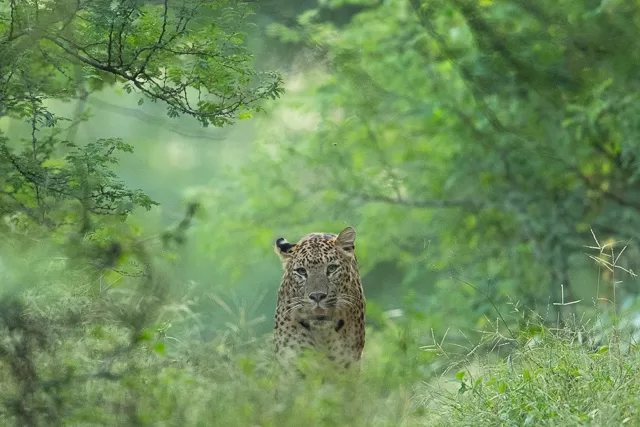
A trip to the Park isn’t just for wildlife enthusiasts, but also for bird-lovers. It’s a great place for birding as the Park, along with Chandlai and Barkheda lakes, inhabits a wide plethora of bird species. Birds like the bar-headed goose, white-throated kingfisher, crakes, egrets, and dunlins migrate here, during the winters, and increase the appeal of the Park as they fly from one spot to another. It’s a birder’s paradise and birds like the red collared dove, cormorants, sandpiper, flamingos are often seen flocking around the lakes.
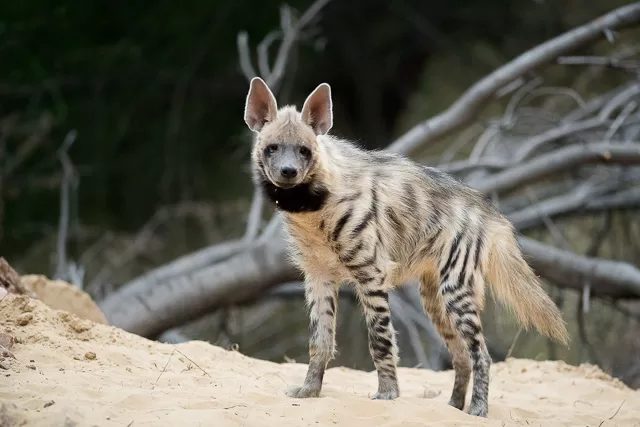
November to March is the best time to visit the Park, as the bird population is maximum during this time. It’d spread a smile on anybody’s face to see these beautiful birds, and that too in good weather.
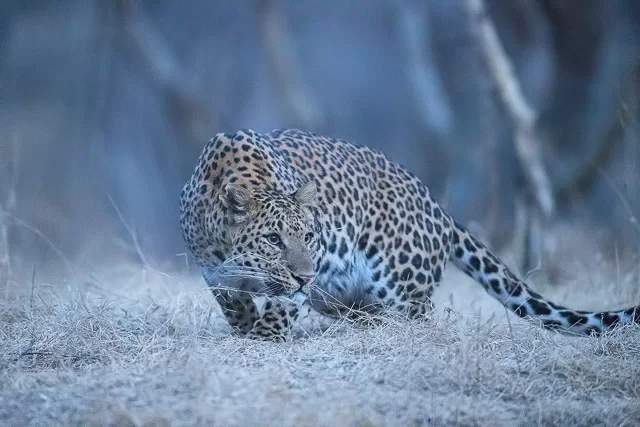
Imagine going on an exciting Jhalana safari on an open-air gypsy, accompanied by a driver-cum-guide, and observing leopards,striped Hyena,Bluebull, spotted Deer, the Hanuman Langur, Porcupines, Desert Fox, Rhesus Macaque, Small Indian Mongoose, Ruddy Mongoose, Desert Gerbils, the Bengal Monitor, hedgehogs, and the Sambar Deer. Doesn’t it sound like a wonderful adventure?
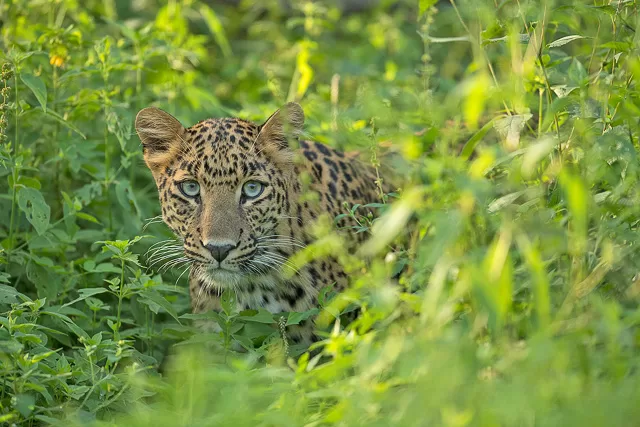
All the birders are in for a treat as well, as the Park hosts the Indian Eagle Owl, Indian Pitta, Nightjar, White Bellied Drongo, Asian Paradise Flycatcher, Indian Scops owl, Golden Oriole, White Browed Fantail, Shikra, Greater Coucal, Brown Capped Pygmy Woodpecker, Eurasian Sparrow hawk, Cinereous tit, and so much more.
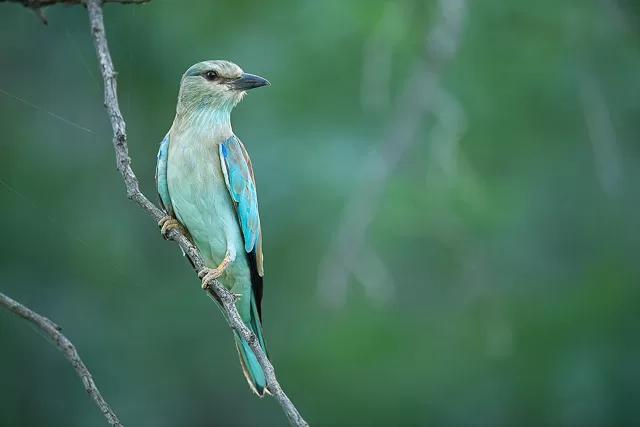
The Park has a diverse and rich ecosystem. Apart from the aforementioned, it also gains some serious bragging rights with its ever-growing collection of reptiles currently including nine snake species and two monitor lizard species. If you’re a wildlife enthusiast, a lover of the wild Big Cats, a birding fanatic, or a reptile enthusiast, you’ve come to the perfect place. Their open Gypsy Safaris will take you on a wild ride at the Jhalana Park, and you will get the best view of the wilderness. Don’t worry about spotting these predators such as the Indian Leopardor the Indian hyena; our guides will help you throughout your visit, by helping your spot even the best-camouflaged ones.